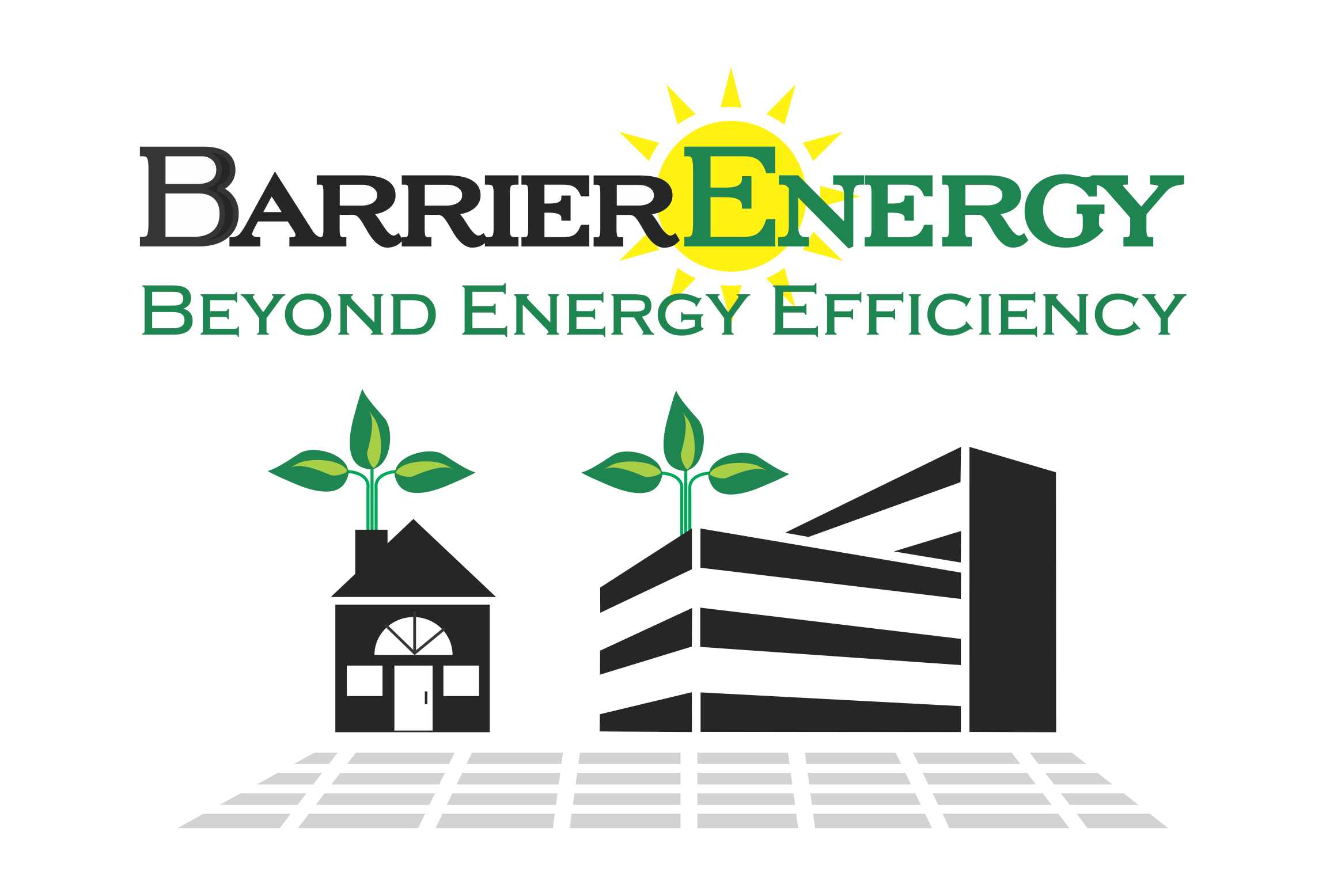JA8 Compliant Light Fixtures
Every energy-consuming light fixture in a building must adhere to JA8 regulations

Factors of Efficiency
According to the California Energy Commission, indoor, outdoor, and sign lights must follow Building Energy Standards. Whenever a building permit is pulled, it triggers a process of energy compliance. In other words, newly installed lighting must be efficient, to prevent waste. These guidelines protect owners. How? By lowering energy bills, preserving the value of properties, and reducing the necessity for replacements. To understand the efficiency of various lighting fixtures, we will first have to define the following criteria:
1) Luminance
Brightness is expressed in lumens (lm). Lumens rate the amount of observable visible light emitted. 1 lumen = 1 unit of luminous power.
2) Wattage
Wattage (W) conveys the amount of output energy flow per second. Higher-wattage bulbs use more power.
3) Luminous Efficacy
Luminous efficacy is a formula for calculating a light’s efficiency. In technical terms, it’s expressed by the visible light emitted divided by the power used (lm/W). This ratio measures the effectiveness of a particular light source. The closer to 100%, the better the efficiency rating. Meaning, it requires less power to get the same amount of light with efficient bulbs.
4) Lighting Controls
Lighting controls are required to manage power output and combat waste. For instance, manual dimmers permit the user to adjust brightness depending on the situation. On the other hand, automatic daylight detectors adapt brightness to the time of day or can turn lights off during the day. Shutoff controls allow power to be turned off in vacant areas with the use of sensors.
5) Voltage
Voltage labels on lightbulbs will tell you how much input power they require to operate. Different bulbs need different levels of electricity from a battery or electrical outlet. It’s important to check the voltage of a particular fixture/system before installing new bulbs. Bulbs are only compatible with certain voltage ranges. Installed outside of their instructed range, they will either be too dim, or dangerously overheat the bulb, socket, or wires. If you want to select the bulbs before the electrical system is set up, consult with your electrician.
6) Color Rendering Index
Have you ever noticed how some lights appear yellowish, while others appear white? Different colors seem to have different effects on the eyes. Some people say yellow seems to look more natural and that white light feels harsh. Others prefer the bold brightness of white light. The Color Rendering Index (CRI) determines how the eyes perceive color from a given bulb. Lights have a “temperature” range from ultraviolet (cool) to infrared (warm). On a scale of 0-100, lower numbers equate to warmer tones.
Selecting Light Fixtures
Energy Codes provide thorough instructions on what types of lights are allowed and in what circumstances. They state where you can purchase approved JA8 lighting from. Keep in mind there are guidelines to follow in every situation. Firstly, you’ll have to determine what set of Building Codes apply based on what year the permit was pulled and what type of structure is being built (residential, commercial, high-rise, etc). Then, consult the manual or get the help of an Energy Specialist who understands these codes in depth. BarrierEnergy’s technicians sort through the complicated booklets of regulations in order to help builders and installers apply them.
Typically, the building is given a total power allotment. This allotment is calculated during the design phase and included in the Title 24 Report of the plans. Indoor and outdoor power allocations are calculated separately on your compliance documentation. Then, certain types of fixtures (chandeliers, displays, recessed, etc.) must adhere to more specific requirements. Using the prescriptive method, you can trade power between fixtures to allow some higher usage installments. Alternately, the performance method requires every fixture to be Title 24 compliant. After discussing your situation, we can help you decide which path makes more sense for you.
In general, what is the best way to go about choosing lights? In order to maximize the number of light sources, it’s best to go with highly efficient bulbs. That means low wattage and low voltage. Usually, LEDs will give you the most bang for your buck. Light-emitting diodes have high luminance with lower wattage. As a result, they are 75%-90% more efficient than the competition. Plus, their lifespan is an average of 25x longer. That means replacement and operating costs are much lower. Not to mention, they produce less thermal energy (heat) and have a CRI rating that is closer to sunlight. Energy Star is a great place to begin your search for Title 24-compliant bulbs.
Completing Lighting Verifications
It’s vital that your energy consultant is in communication with the architect, engineer, and electrician throughout the planning process. The goal is to prevent bumps in the road that may slow down the process later on. At this stage, their job is to lighting loads and to make sure electrical systems meet Energy Code Standards. Once they’ve approved the power allotment, the HERS specialist signs the Title 24/Certificate of Compliance and establishes the project in an online data registry. At BarrierEnergy, we act as both energy consultants and inspectors. We want to provide all the answers so that your project doesn’t experience any delays from energy compliance.
After your plans have been approved by the building department, you may commence construction. The HERS inspector is responsible for verifying that lighting has been installed according to the approved plans. To start, the Rater will verify the operation and functionality of various control systems. Next, they perform inspections to ensure the realization of efficiency. All the while, this data is being entered into the registry as a Certificate of Installation. We do this in a swift, timely manner so that you can get to final. If any corrective actions must be taken, this is the chance to make adjustments.
All reports are made available to any involved parties, as well as the Building Department. For assistance in attaining your Certificate of Occupancy, contact us today.
